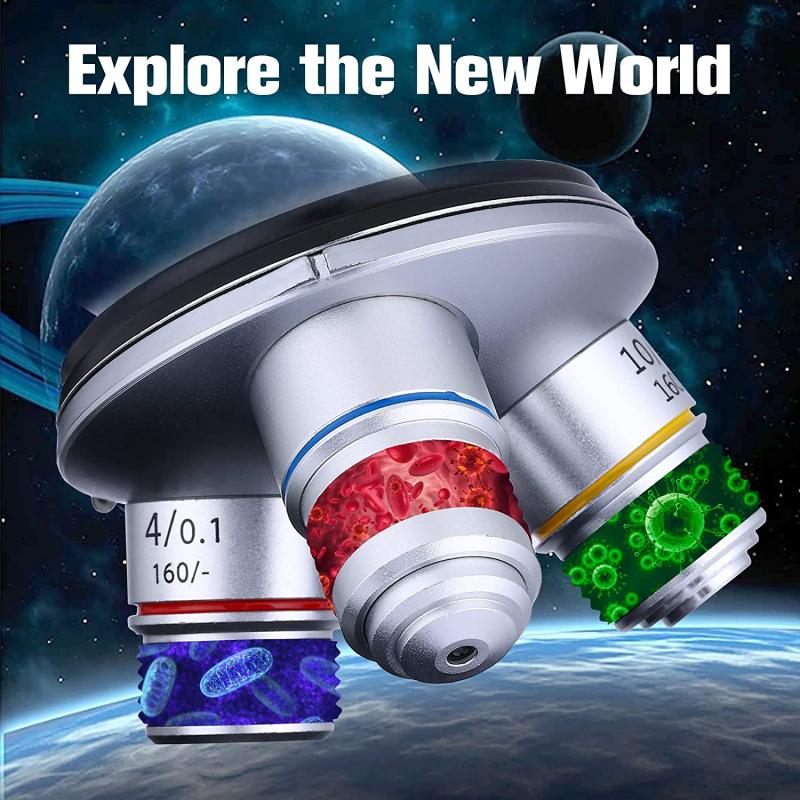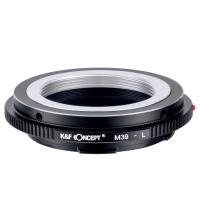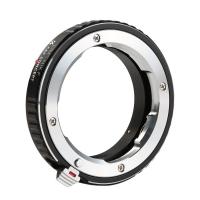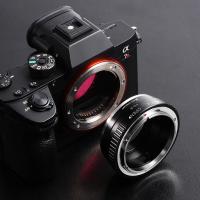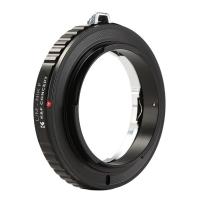What Do Stage Clips Do On A Microscope ?
Stage clips on a microscope are used to hold the specimen in place on the stage. They are typically located on the stage itself and are designed to secure the slide or other sample being observed. By tightening the stage clips, the specimen is held firmly in position, preventing any movement or displacement during the observation process. This ensures that the sample remains in focus and allows for accurate examination under the microscope.
1、 Securing Specimens: Holding slides or specimens in place during observation.
Stage clips on a microscope serve the purpose of securing specimens in place during observation. These small metal or plastic clips are typically located on the stage, which is the platform where the specimen is placed for examination. By holding the slides or specimens firmly in position, stage clips ensure that they do not move or shift during the observation process.
The primary function of stage clips is to provide stability and prevent any unintended movement of the specimen. This is crucial for obtaining accurate and consistent results when studying microscopic samples. By keeping the specimen securely in place, stage clips allow for precise focusing and manipulation of the microscope's lenses and other components.
In addition to their basic function, stage clips also play a role in maintaining the safety of the specimen. Microscopic slides or specimens are often delicate and can easily be damaged or displaced if not properly secured. Stage clips help to prevent any accidental damage or loss of the specimen, ensuring that it remains intact throughout the observation process.
It is worth noting that advancements in microscope technology have led to the development of more sophisticated stage mechanisms. Some modern microscopes now feature motorized stages that can automatically move and position the specimen, eliminating the need for manual adjustment and stage clips. However, stage clips remain an essential component in many microscopes, particularly in older models or those used in educational settings.
Overall, stage clips are a fundamental feature of microscopes, providing stability, safety, and accuracy in the observation of microscopic specimens.

2、 Stability: Preventing movement or shifting of specimens on the stage.
Stage clips on a microscope serve the important function of providing stability to specimens placed on the stage. The stage is the platform where the specimen is placed for observation under the microscope. Without stage clips, specimens may move or shift during observation, making it difficult to obtain accurate and clear images.
The primary purpose of stage clips is to hold the specimen securely in place, preventing any movement that could disrupt the focus or alignment of the microscope. By keeping the specimen stable, stage clips allow for precise and consistent observation, enabling researchers and scientists to study the specimen in detail.
In addition to stability, stage clips also ensure that the specimen remains in the field of view. When using high magnification objectives, the field of view becomes smaller, and any movement of the specimen can cause it to shift out of sight. Stage clips hold the specimen firmly, preventing it from drifting out of the field of view and allowing for continuous observation.
Moreover, stage clips are particularly useful when studying live specimens or conducting time-lapse experiments. These clips help to maintain the position of the specimen, allowing researchers to observe changes or movements over time without any interference.
In recent years, advancements in microscope technology have led to the development of motorized stages that can automatically move the specimen. While these motorized stages eliminate the need for manual adjustment, stage clips still play a crucial role in securing the specimen during initial placement and ensuring stability during observation.
Overall, stage clips are essential components of a microscope as they provide stability, prevent movement or shifting of specimens, and enable accurate and detailed observation.
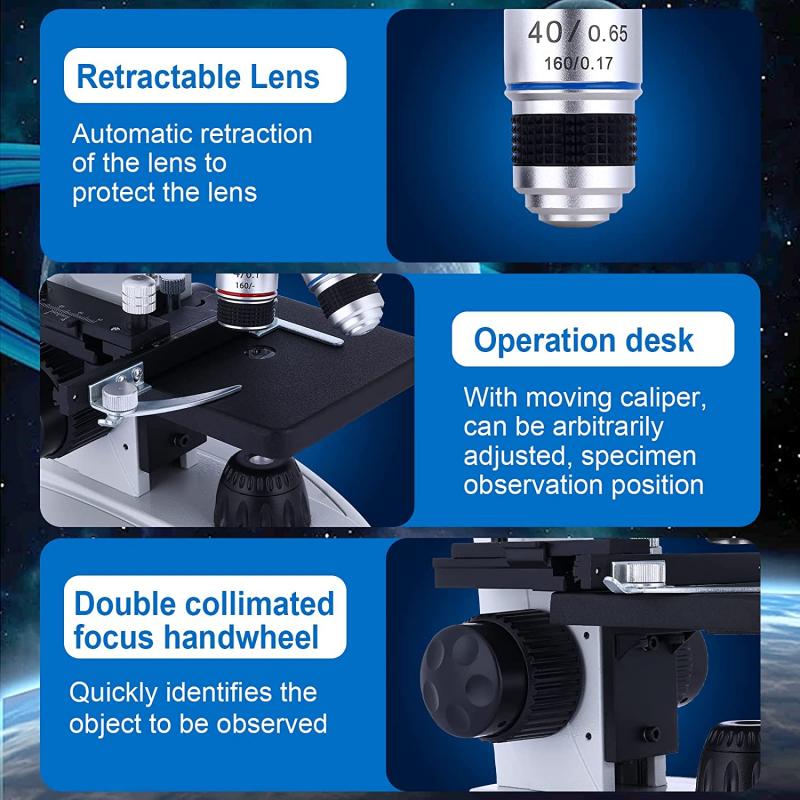
3、 Enhanced Focus: Assisting in achieving and maintaining sharp focus.
Stage clips on a microscope serve the purpose of enhancing focus by assisting in achieving and maintaining sharp focus. These clips are typically located on the stage, which is the platform where the specimen is placed for observation.
The primary function of stage clips is to securely hold the specimen in place during the examination. By firmly securing the specimen, stage clips prevent any movement or displacement that could potentially disrupt the focus. This is particularly important when studying delicate or small specimens that may easily shift or drift out of focus.
Stage clips also aid in achieving enhanced focus by providing stability to the specimen. When the specimen is held securely, it allows for more precise adjustments to be made to the focus knobs. This stability ensures that the specimen remains in the focal plane, allowing for clear and detailed observation.
In addition to their role in maintaining focus, stage clips also contribute to the overall efficiency and ease of use of a microscope. By securely holding the specimen, they allow the user to manipulate the microscope with both hands, making it easier to adjust focus and navigate through different areas of the specimen.
It is worth noting that advancements in microscope technology have led to the development of motorized stages, which eliminate the need for manual adjustment of stage clips. These motorized stages can automatically adjust the position of the specimen, further enhancing focus and reducing the risk of human error.
In conclusion, stage clips on a microscope play a crucial role in achieving and maintaining sharp focus. By securely holding the specimen in place, they provide stability and prevent any movement that could disrupt focus. As microscope technology continues to advance, we may see further improvements in stage clip functionality, ultimately enhancing the overall microscopy experience.
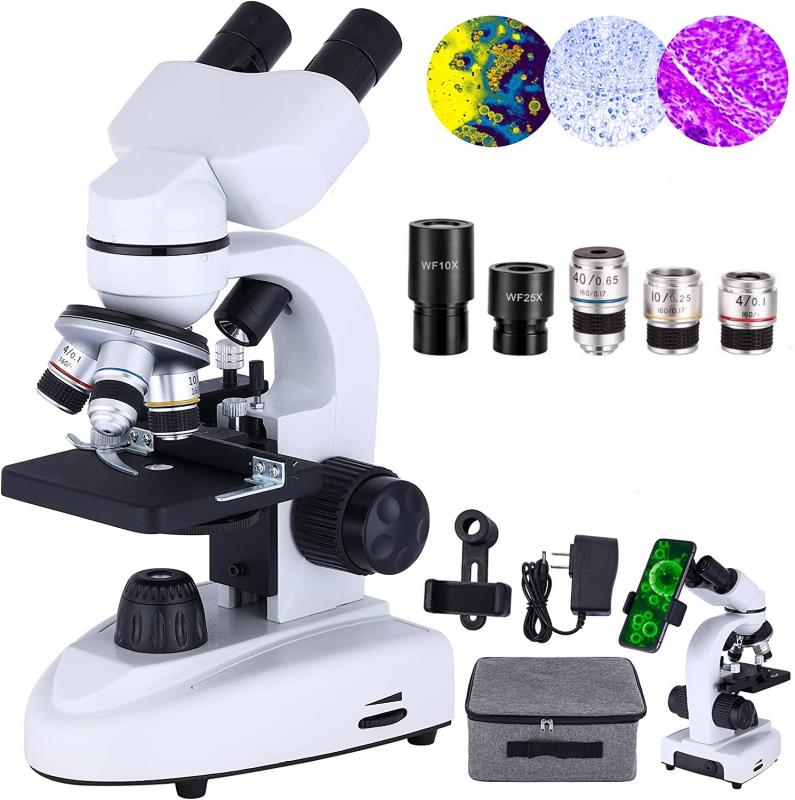
4、 Versatility: Allowing for easy interchange of specimens or slides.
Stage clips on a microscope serve a crucial purpose in holding specimens or slides securely in place during observation. These small metal clips are typically located on the stage, which is the platform where the specimen is placed for examination. By securing the specimen, stage clips ensure that it remains in the correct position and does not move or shift during the observation process.
One of the primary functions of stage clips is to provide stability. Microscopic examination requires precise focus and positioning, and any movement of the specimen can disrupt the clarity of the image. By firmly holding the specimen in place, stage clips prevent such disturbances, allowing for accurate and detailed observations.
Moreover, stage clips offer versatility by enabling the easy interchange of specimens or slides. This feature is particularly useful when studying multiple specimens or comparing different slides. Researchers or students can quickly switch between specimens without the need for readjustment or realignment of the microscope. This saves time and ensures a smooth workflow during microscopic examinations.
In addition to their traditional function, stage clips have also evolved with advancements in microscopy technology. Some modern microscopes now feature motorized stage clips that can be controlled electronically. This allows for automated scanning of multiple specimens or the creation of panoramic images by stitching together multiple fields of view.
Overall, stage clips play a vital role in microscope functionality by providing stability and versatility. They ensure that specimens remain in place during observation, allowing for accurate and detailed examination. With the continuous development of microscopy techniques, stage clips are likely to continue evolving to meet the demands of modern research and education.
